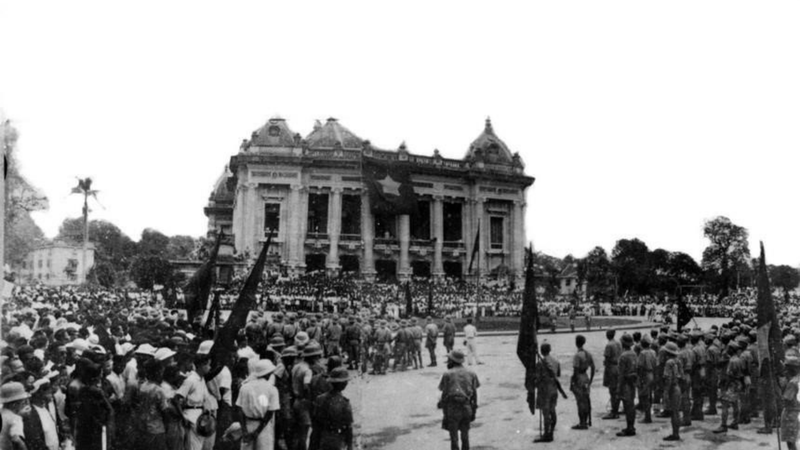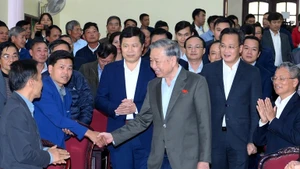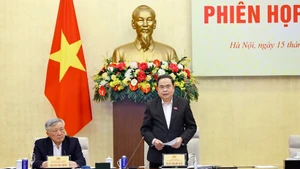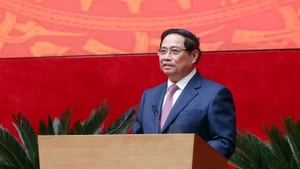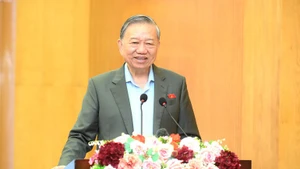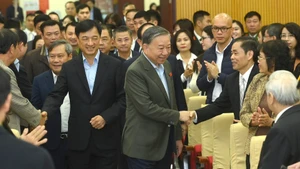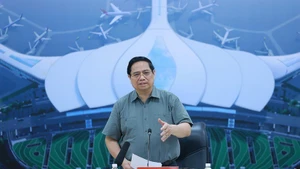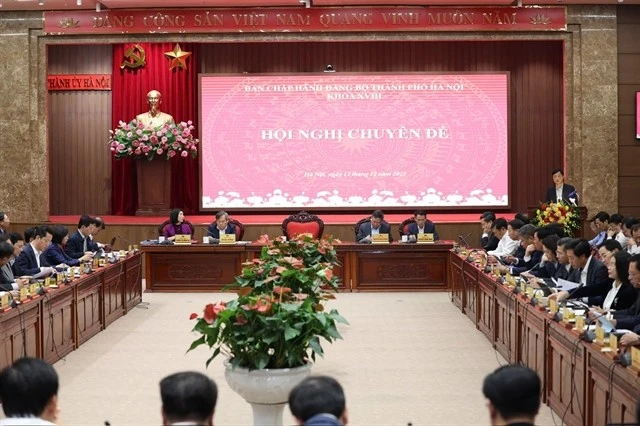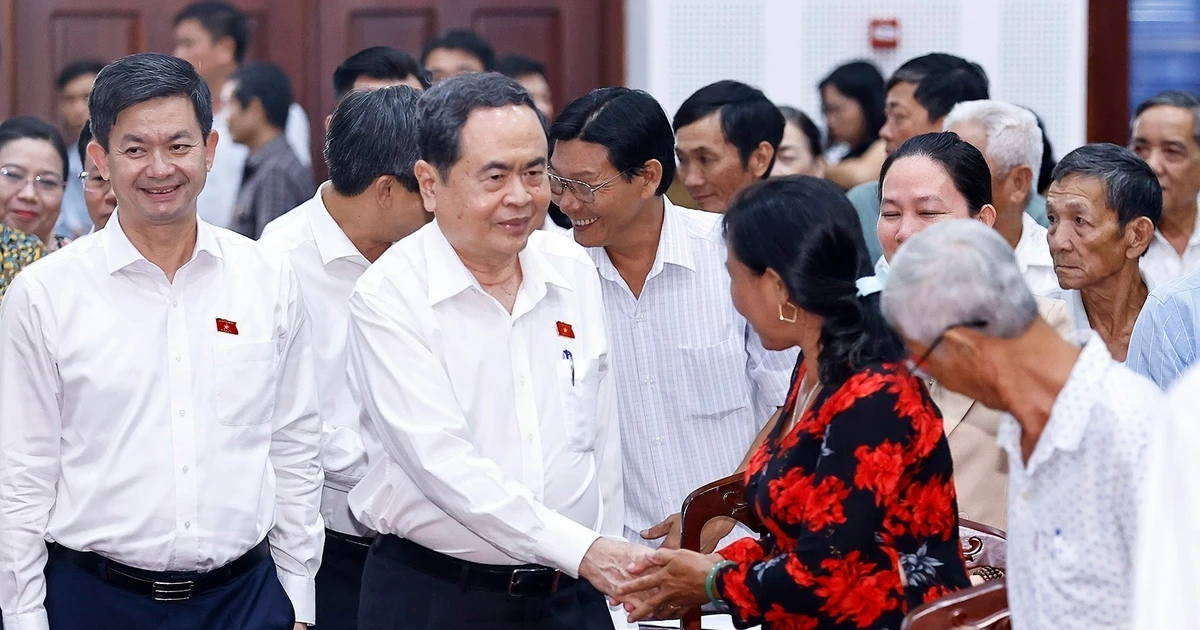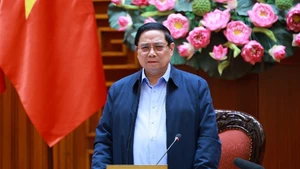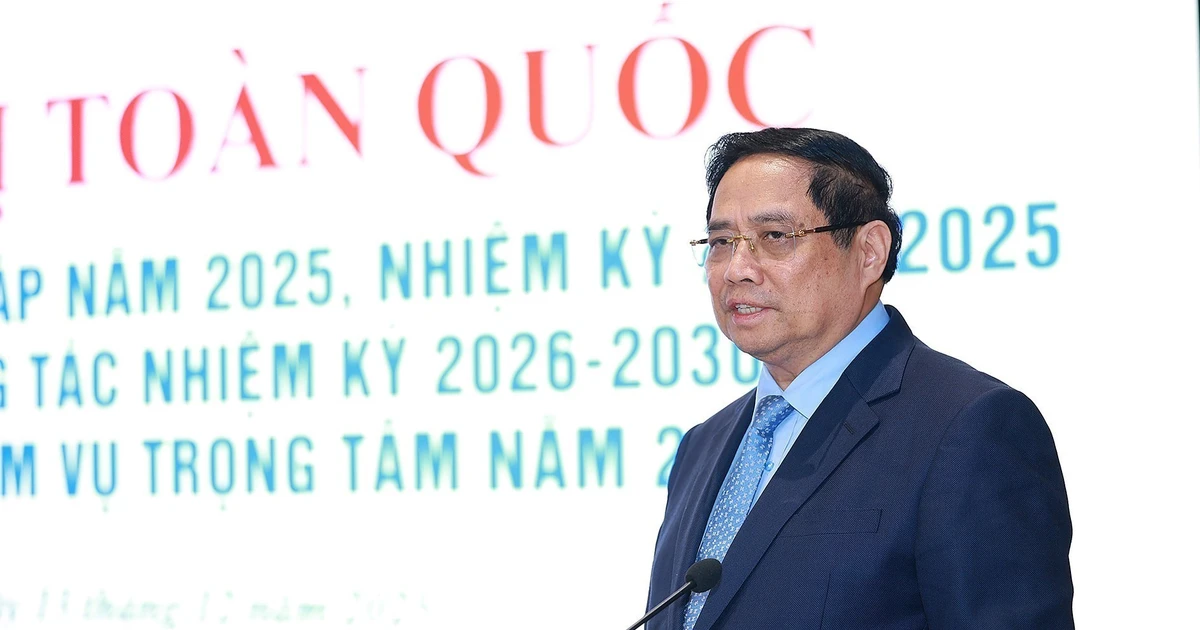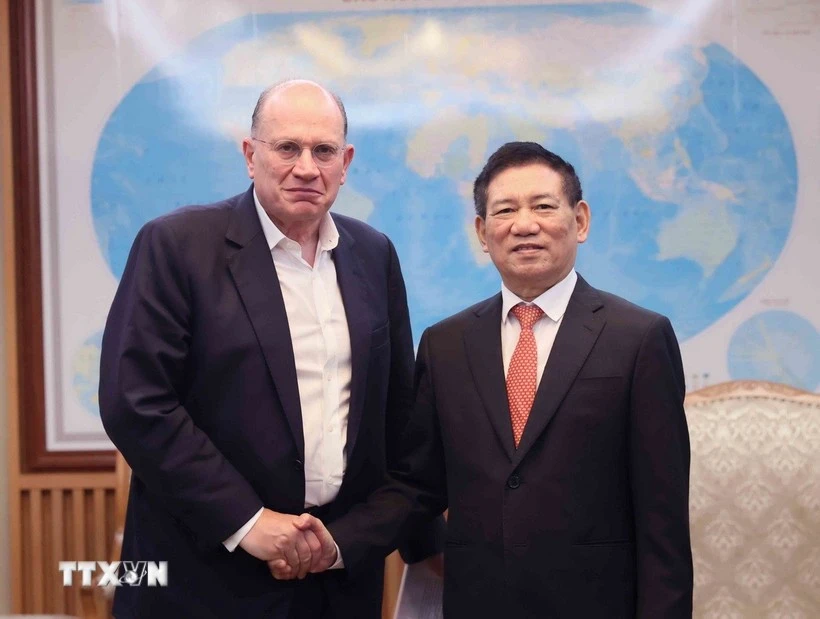The abdication ceremony was held at Ngo Mon Gate in Hue at 4 p.m., witnessed by tens of thousands of compatriots.
Emperor Bao Dai, the last king of the feudal regime of Viet Nam, wearing royal robes, read the “Abdication Decree” (written on August 25, 1945), asked to become a citizen of an independent and democratic Viet Nam, and presented the golden seal and the golden sword studded with jewels of the royal court to Tran Huy Lieu (head of the delegation).
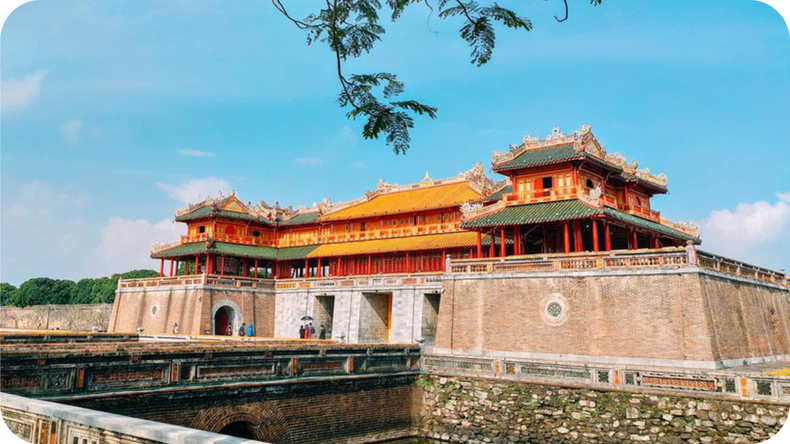
The Provisional Government of the Democratic Republic of Viet Nam announced its acceptance of King Bao Dai’s abdication. Meanwhile, the Que Ly flag of the monarchy was slowly lowered, and the red flag with a five-pointed yellow star was raised in its place. The abdication ceremony ended. The absolute monarchy officially ended.
The representative of the Provisional Government of Viet Nam declared the abolition of the monarchy in Hue, as well as throughout the entire territory of Viet Nam, and announced the policy of the Democratic Republic of Viet Nam.
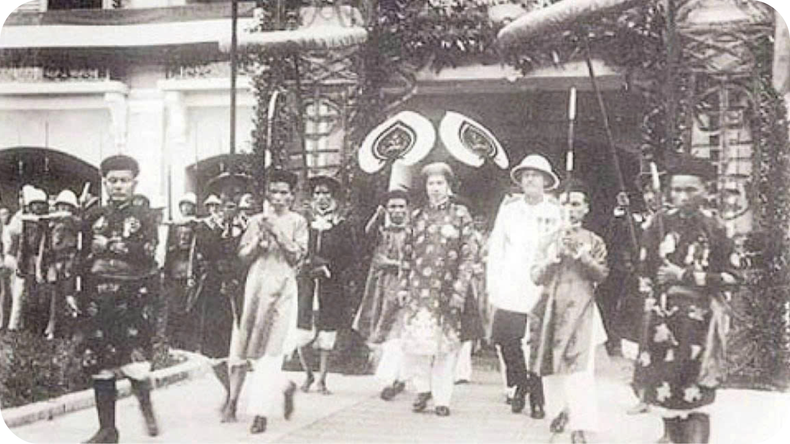
The event of Bao Dai’s abdication had an important meaning, officially marking the collapse of the outdated feudal government. The Vietnamese people had taken an important step in the democratic revolutionary path that the Party had been setting out since 1930.
Bao Dai’s abdication also eliminated an indication that the imperialist and reactionary forces wanted to maintain the monarchy and use it to plot against the revolutionary government and re-establish domination over the country.
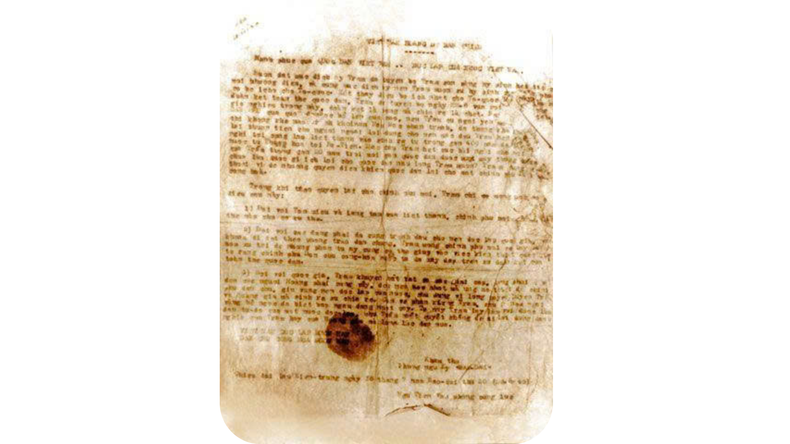
On the same day, President Ho Chi Minh invited a number of comrades to discuss and contribute ideas to the draft Declaration of Independence. After reading the draft to everyone and asking for their opinions, he said that in his life, he had written many things, but only at that time was he able to write such a declaration.
